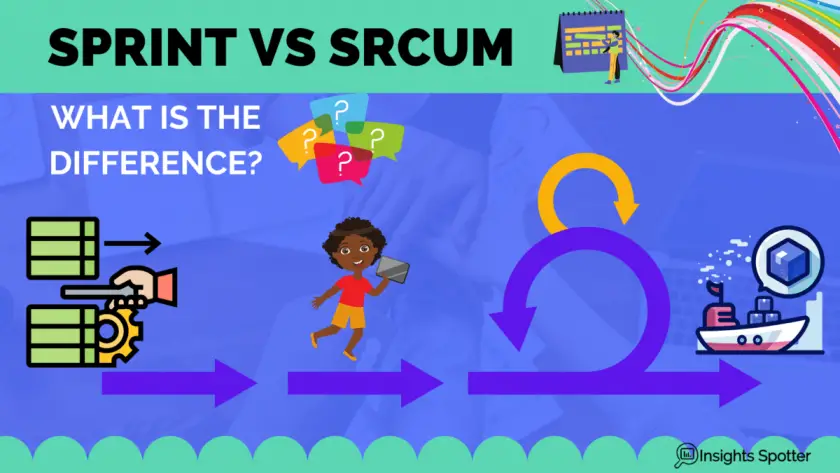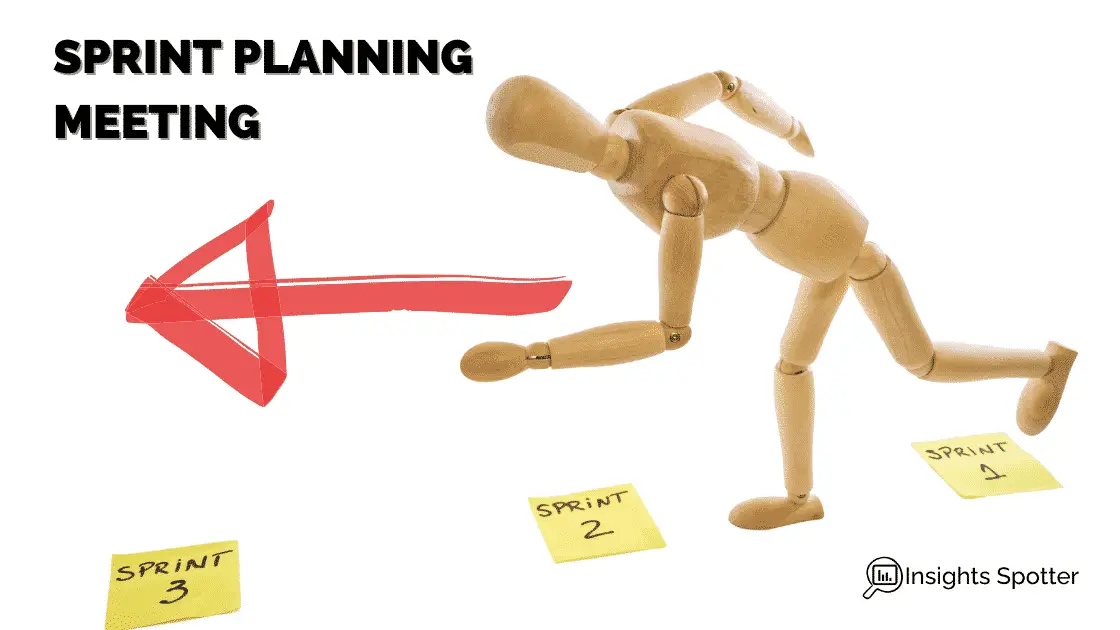What is the difference between Sprint and Scrum?
If you are new to project management, you will soon hear many new terms thrown around like Agile, Scrum or Sprint, and it may be not clear the way they relate to each other. Today, we will try to alleviate some of these confusions by discussing the Sprint and Scrum differences. However, I have good and bad news for you.
The distinction between Sprint and Scrum is that they are two linked but different terms. Scrum is a framework often used in Agile methodology, and a Sprint is part of Scrum’s framework structure. Scrum gives meetings, tools, and roles, while a Sprint is a defined period for creating a feature.
There are so many new terms to learn in the project world, from BAU to Waterfalls, SteerCos to Working groups etc. Thus, no wonder that sometimes these terms get mixed up or people get confused.
Next, we will explore the Scrum framework and Sprints in a bit more detail. While knowing the difference helps, but understanding how they work together to produce a great product is even better. So, stay tuned.
What Is SRCUM?

Scrum is a lightweight, interactive and incremental framework used with Agile methodology that helps people work together and quickly adapt to complex problems by splitting the project or solution delivery into smaller chunks. Although we often use Scrum for software development, we can adjust it to various other projects that require teamwork, like research, sales or marketing, to name a few.
The framework is designed for self-organised, closely collaborating teams of no more than ten individuals. Plus, it promotes continuous learning through positive or negative experiences while working on the project. As the group is self-organised, members decide on the next Sprint’s deliverables; thus, encouraging accountability, responsibility, and collaboration.
Scrum enables us to have a smooth, reiterative, collaborative product or project execution through a series of rituals, meetings, tools and roles, where Sprint and other structures come in.
All work is divided into consistent time-boxes iterations called “Sprints”, which generally take two weeks to complete. While Sprint is in progress team track progress in stand-ups (a.k.a. scrums), which are no more than 15-minute meetings.
At the end of the Sprint, the team has two crucial meetings Sprint Review to show the work completed and retrospectives to learn from wins and losses. Hence, the group has a chance to deliver the next iteration even better.
From 1986, Scrum itself went through reiterations to become a better, more robust framework for teamwork. Notably, it has “The Scrum Guide”, which describes the Scrum framework and allows organisations to adopt it easier. No surprise, it is so trendy.
Check out the video below for a full read of “The Scrum Guide.”
What Are The Scrum’s Origins?
Hirotaka Takeuchi and Ikujiro Nonaka first used the scrum name in a 1986 paper, “The New New Product Development Game.” The name was borrowed from rugby (short for scrummage) and is a method of restarting play.
In the 1990s, Ken Schwaber and Jeff Sutherland, Scrum founders, independently used Scrum like frameworks in their organisations. Eventually, they joined forces to combined their experiences into a single framework.
Yet, the framework’s ideas leave enough room for individual teams to add their style and methods. Therefore, Scrum overtime is being enhanced by all users.
Finally, Ken and Jeff would say that Scrum is:
- Lightweight
- Simple to understand
- Difficult to master
And I would agree.
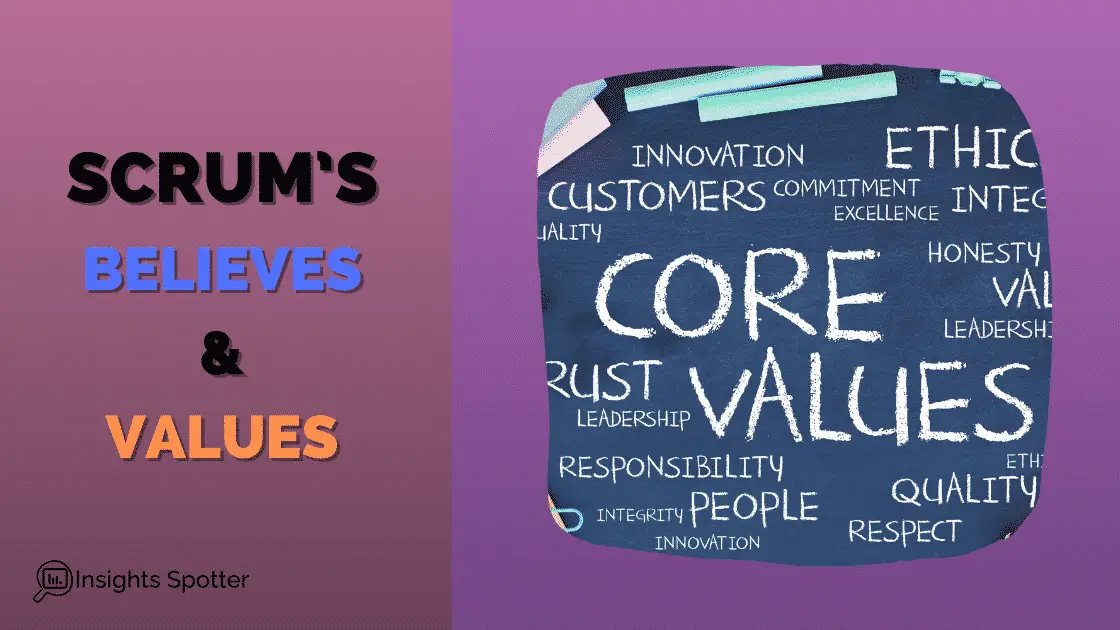
What Are Scrum’s Core Believes & Values?
What Are Scrum’s Core Believes
Scrum believes that customer or users likely to change their minds on the final set of features (a.k.a. requirements volatility). On top of that, the world’s unpredictable nature expected to bring challenges when planning out the project entirely.
When it comes to delivering products or solutions that are still relevant six months from now, traditional project management might not cut it. Hence, Scrum takes a different angle by embracing uncertainty, using empiricism and lean thinking with deliveries and project management. It concentrates efforts on speed and adaptability to address emerging new trends and market conditions.
What Are Scrum’s Values?
All work is based on three pillars of transparency, inspection and adaptation. Plus, Scrum takes an empirical scientific approach to project management and adjusts based on the new information coming from the project. There are five core values, like the code of honour.
- Commitment: Team members commit to achieve goals and support the group.
- Courage: Doing the right thing and solving challenging problems.
- Focus: Concentrating on the Sprint and doing all that is possible to achieve goals.
- Openness: The whole team is open to stakeholders about the work, challenges and progress.
- Respect: Everyone believed to be a capable, independent people and are treated as such.
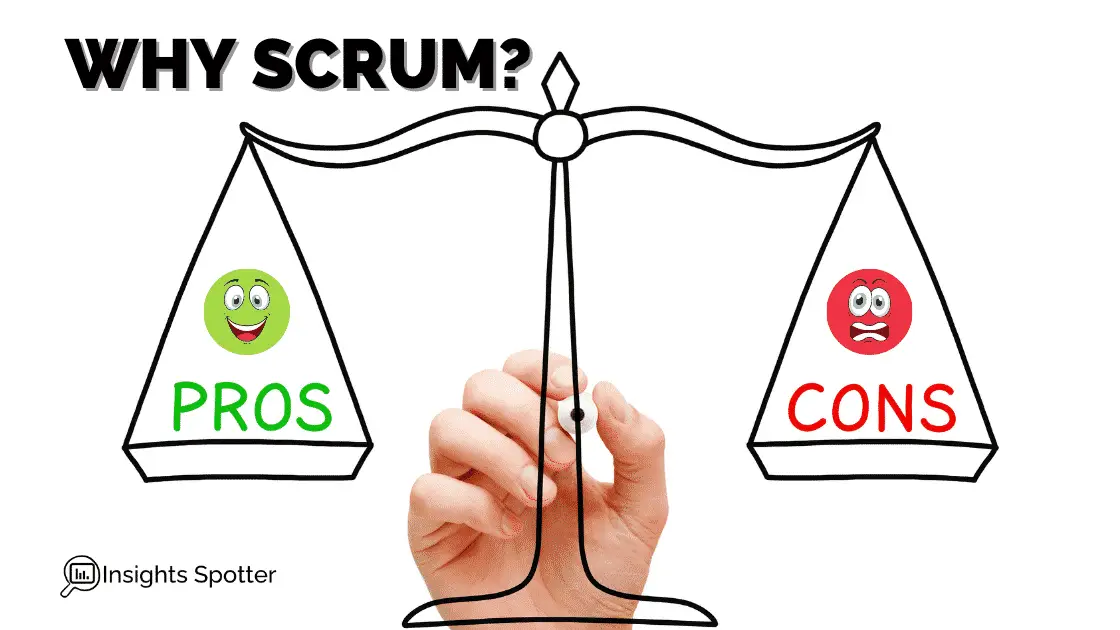
What Are The Advantages And Disadvantages Of Using Scrum?
Scrum is a prevalent framework used with Agile projects and prescribes various tools, meetings and roles to structure complex work. However, there are some trade-offs as well while using Scrum. Thus, we will explore both Pros and Cons in the table below.
| Pros | Cons |
|---|---|
| A business does not need to invent the wheel and can drag and drop the framework. | The framework is quite strict in terms of delivery methods. Thus there is less flexibility. However, I think the con is a moot point as organisations often adopt only some Scrum parts depending on their needs. |
| The framework is highly adaptable to changes in market conditions, especially when it comes to software development. | Scrum works well with one team of up to 10 individuals. Yet, medium and large organisations typically have multiple departments and streams of work with hundreds of people. Thus, it would need to adapt Scrum of Scrums or scaled Agile (a.k.a. SAFe). |
| The framework enables the team to complete the project features and asks quickly and efficiently. | There is a high risk of project scope creep due to no clearly defined end-date and an ever-increasing list of features. |
| As you concentrate on the most valuable features first in the process and often deliver value to a client before the project end date, you can use your time and money most effectively to extract value. | Scrum is based on self-organised and collaborative teams, where everyone lifts the same or similar weight to deliver. Thus, if there is no culture of collaborating, Scrum might not be the best way forward. My post on when not to use Agile. |
| Simplify the management of complex projects by splitting them into easily manageable Sprints. | There is a learning curve to understand how to operate in a Scrum environment, and team members should be comfortable with the framework. Otherwise, the deliveries timeline would be suboptimal. |
| All work is completed within the Sprint with a clear deliverable at the end, including development and testing. | Many rituals take time, and people might think they could use their time more wisely elsewhere. |
| The framework allows for managing fast-paced projects. | The team is dependent on each member; thus, somebody leaving a mid-project might have a high impact on project timelines. |
| Scrum meetings provide bite-size updates and the current situation for the whole team. | |
| Continues improvements throughout the project by incorporating customer and stakeholder feedback. | |
| Short 1-4 weeks Sprint helps integrate feedback into the project much faster than traditional project management. | |
| Every member gets to share their updates in daily Scrum meetings. Thus, everyone’s contribution is felt in the team. |
Scrum often is combined at some level with other frameworks like Kanban to address some drawbacks. Check out my post on Scrumban in my post: WHAT IS SCRUMBAN? A GREAT FRAMEWORK AND A CLEAR ANSWER
What Is Sprint?
Sprints are at the centre of the Scrum framework, and we use them to manage our work. Actually, this might have been the primary reason you asked about the differences between Sprints and Scrum.
Fundamentally, a Sprint is an iteration or a time box that lasts from 1 week to 1 month, repeated continuously over a project’s life, and is at the scrum framework’s heart. We would decide on the Sprint length at the beginning of the project.
Usually, if the project needs more agility or goals are changing fast, the team will employ shorter Sprints. If the project is a bit more stable, like in infrastructure implementation, Sprint can be longer. The group could try different timeframes and stick with the most effective for the type of project.
What Is Part Of The Sprint?
The key, though, is what happens during the lifecycle of a Sprint, which contains all work and other framework pieces like prescribed meetings:
- Sprint Planning
- Daily Scrums
- Sprint Review
- Sprint Retrospectives
For example, we would aim to complete all planned tasks and features in the Sprint for a product or solution, including testing and user acceptance. Thus, a new version could be shipped or made available to users. The approach is the primary reason you can split a complex project into bite-size pieces. We will explore all of this in this section of the post.
How Long Should Each Sprint Meeting Take?
| Meeting | Sprint Leanth | Meeting Length |
|---|---|---|
| Sprint Planning | 1 month / 2 weeks | 8 hours / 4 hours |
| Daily Scrums | N/A | 15 min |
| Sprint Review | 1 month / 2 weeks | 4 hours / 2 hours |
| Sprint Retrospectives | 1 month / 2 weeks | 3 hours / 1.5 hours |
What Are Rules Of The Sprint?
The product owner and the wider team should protect Sprint Goals at all costs as these small steps ensure the project’s success. However, while working to achieve goals, the team should not sacrifice the quality of the deliverables.
When Sprint is in progress, the team will start getting new information about an additional customer or user needs, and the Product Owner can refine the Product Backlog for the next Sprint. Plus, the business may work with the Product Owner to renegotiate the project’s scope. When the next Sprint comes into play, the Product Owner will be ready with the next set of priorities.
Btw, a Product Owner could cancel the Sprint if Sprint’s Goals no longer provide value or are irrelevant. Therefore, if there is a need to take a sharp pivot, the Product Owner could include additional scope sooner.
What Is The Sprint Planning Meeting?
All Sprints start with a Sprint Planning meeting. The point of a planning exercise is to decide what to include in the next Sprint. You usually have whole Scrum team or three personas in the discussion:
- Scrum Master
- Product Owner
- Development team or project team.
However, that is not to say; you cannot invite somebody outside of the Scrum team to consult. In such a meeting, you may notice that neither of the three personas tells others what to do. Everyone collaborates to create a consensus. Though the Product Owner ensures that the team is ready to discuss just essential features for the whole initiative.
The Sprint Planning meeting also needs to answer three questions.
- Why is this Sprint valuable?
- What Can The Team Do In The Sprint?
- How will the chosen Sprint work get done?
Why Is Sprint Valuable?
As each Sprint is like a mini-project, it should also have an objective. The Product Owner suggests the additional value the particular Sprint can add to the overall project. The whole team then works to clarify and fine-tune the reasoning behind the objective. In the process, the team should start feeling joint ownership of the Sprint objective.
What Can The Team Do In The Sprint?
You may ask, how do the team know all the tasks to make the product or project successful? They are only working on a small set of features!? Good question!
The Product or Project Backlog comes in very handy here. The Product Owner’s (or Project Manager’s) role is to share essential items to complete for the whole initiative. Usually, your Product Owner would have had multiple discussions with Product Managers or clients to establish a Product Backlog of requirements. It is sorted by priority, and the Product Owner can introduce new features over the project’s lifetime. Plus, the Product Owner would add them based on their priorities.
The team then works together to decide what elements and how many to include in the next Sprint Backlog. Plus, they would also discuss each item in more detail an refine them, giving more clarity and confidence.
The hard part is to evaluate how much effort selected tasks may take. The measure of effort could be very bespoke to the team. The more team has information about past performance, future capacity and acceptance criteria, the better they can forecast.
How To Establish The Scrum Team’s Velocity?
One way to have a more uniform evaluation is to use a measure consistently throughout the project. For example, to find out the team’s capacity, we can run a few Sprints, add up how many tasks have been completed, and translate it in terms of effort. If you find out that say your overall team’s efforts measure to be 55.
Then you would never want your combined Sprint’s tasks to exceed 55, which is also known as your team’s velocity.
By the end of the Sprint, our team should have completed all planned Sprint’s items, and consistent velocity would allow us to ensure that. If it is difficult to establish one number, do not stress about it and just fall back on the team’s experience.
How Will The Chosen Sprint Work Get Done?
Nobody likes micromanagement, and we have already established that everyone is a specialist in their field in the Scrum team. Therefore, the way the team will implement Product Backlog items is at the team member’s sole discretion. Often team member would decompose backlog items into smaller deliverables to provide value faster.
What Is Part Of The Sprint Backlog?
Sprint Backlog contains refined Sprint Objective, selected items from wider Product Backlog and the team’s plan to deliver.
Now let’s look at how we track our progress.

What Is The Daily Scrum?
Ok, you have finished planning and ready to go. Yet, it would help if you ensured that the overall team is on track to deliver all of Sprint’s tasks. Thus, daily Scrum meetings, a.k.a. stand-ups, come in very handy.
The goal is to understand the blockers, replan Sprint Backlog and modify the planned. All these are required to allow the team to complete all tasks on time.
The meeting takes around 15 minutes and is usually around the same time of the day, probably in the morning. The team decides the meeting’s structure as long as it concentrates on the goals and the work plan that needs to be done. However, if you need a base to start somewhere, you can use the structure below:
- You discuss previous day achievements.
- Then cover today’s plan.
- Finally, explore blockers and agree to pick them up after the meeting.
Scrum meeting removes the need for any other meetings during the day, improve transparency, removes blockers and encourages quick decision-making.
I like to understand the team’s issues in the Scrum meeting and work with individuals outside the meeting to resolve them; thus, we can finish the meeting within 15 minutes window.

What Is The Sprint Review?
Your team worked so hard and made terrific features, which the group tested. New features of the product are ready to ship, i.e. put in production. However, you do not want this excellent work go unnoticed. Time to share all that hard work with stakeholders and the broader team before it hits production. Then discuss the way new features contribute to broader project goals.
There are a few reasons you want Sprint Review. One is selfish, to show how great is your team working and delivering features. Second much more important, any new feature will impact stakeholders, and they must be aware of changes to production. Also, it will drive a discussion on future modifications of the solution. Thus, you may need to update a Product Backlog to seize new opportunities.
The meeting should not be just about presenting the work but also about actively collaborating to understand what is next. Hence, it looks more like a workshop.
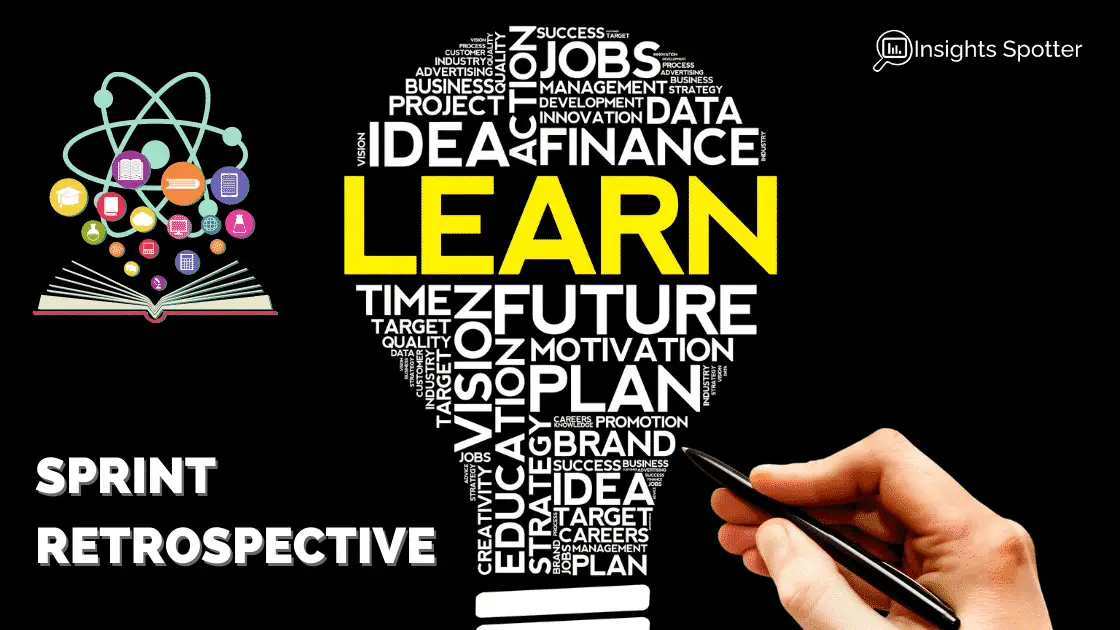
What Is The Sprint Retrospective?
We have completed our features and even put them in production, but the Sprint is not finished yet. We need to have one last meeting in the Sprint before we start the next. The team needs to learn from past successes and mistakes in The Sprint Retrospective.
The meeting is equivalent to lessons learned in unusual project management, but it happens not at the end of the project but after each Sprint. Thus, you have time to implement what you have learned throughout the project and bring even more quality to the deliverables.
The team concentrate on reviewing how the Sprint performed with regards to the following five-element:
- Individuals
- Interactions
- Processes
- Tools
- Completeness
There could also vary dependent on the type of work. The group would analyse the situation and find the key reason something went well or not so much. The most valuable improvements address ASAP, and the Product Owner may even add them to the next Sprint Backlog.
Scrum vs Sprint Conclusion
| Criteria | Srum | Sprint |
|---|---|---|
| Definition | Scrum is an agile framework for managing projects. It emphasizes teamwork, accountability, and iterative progress towards a well-defined goal. | A Sprint is a component of the Scrum framework. It’s a time-boxed period (usually 2-4 weeks) during which a specific set of tasks must be completed. |
| Purpose | The purpose of Scrum is to manage and control complex software and product development using iterative and incremental practices. | The purpose of a Sprint is to deliver increments of potentially releasable functionality in a stipulated time frame. |
| Duration | Scrum is a long-term approach to project management, used throughout the life of a project. | Scrum is a long-term approach to project management used throughout the life of a project. |
| Roles | Scrum defines three roles: Product Owner, Scrum Master, and Development Team. | There are no specific roles within a Sprint. The roles are defined by Scrum and apply throughout each Sprint. |
| Artifacts | Scrum artifacts include the Product Backlog, Sprint Backlog, and Increment. | The main artefact of a Sprint is the product increment that results from the work completed during the Sprint. |
| Meetings | Scrum includes several types of meetings, including Sprint Planning, Daily Scrum, Sprint Review, and Sprint Retrospective. | A Sprint includes all these meetings as part of its cycle. |
| Benefits | Scrum promotes transparency, inspection, and adaptation, which can lead to high-quality products and increased customer satisfaction. | Sprints allow for rapid feedback and adjustment, helping teams to stay aligned with customer needs and project goals. |
In wrapping up, it’s essential to understand that Scrum and Sprint are not interchangeable terms, but rather, they represent different aspects within the Agile project management framework.
Scrum, as we’ve discussed, is a framework that supports teams in complex product development. It’s a way of managing a project that allows for quick responses to change and efficient use of resources. Scrum is characterized by small teams and short, iterative development cycles, with the three pillars of transparency, inspection, and adaptation at its core.
On the other hand, a Sprint is a time-boxed period within the Scrum framework where a specific amount of work is completed. It’s a dedicated time frame, usually between one week to one month, where the team focuses on a selected portion of the product backlog to deliver a potentially releasable product increment.
The Sprint is a fundamental part of the Scrum framework, with each Sprint starting with a planning meeting and ending with a review and retrospective. During the Sprint, the development team has a daily Scrum meeting to discuss progress and plan for the next 24 hours.
In conclusion, both Scrum and Sprint are integral parts of Agile project management. Scrum provides the framework, and Sprints provide the rhythm. Understanding the difference
I hope the post gave you greater insights into what Scrum and Sprints are. If anybody asks you what a difference is, you will have your answer ready.
Check out the excellent youtube video below; I saw it when learning about the Scrum framework and Agile methodology. Enjoy and see you in the next blog! Check out my latest blogs below.
Subscribe to our newsletter!
 ABOUT ME
ABOUT ME
I am an experienced ex. Business & Data Analyst and now a Project Manager with multiple years of experience gained in several international companies.
These days, business problems require data crunching and telling stories to make the right decisions. Simply put, business stakeholders need insights into their projects and deliveries.
This is where I come in. I have learned and applied Python, Power BI, SQL and Excel to analyse and present data. Also, I gained experience in Project Management and Business Analysis. So, I can not only spot insights but execute business decisions. Moreover, I can teach you as well. Read More
Best Books








Latest Blog Posts
- Sustainable Project Management: Trends, Tools, & Strategies
- Unlocking Strategic Value: How NIST CSF 2.0 Shapes Project Choices for Better Outcomes
- Cybersecurity Project Management: Protecting Your Digital Frontier
- What are the Different Types of Planning in Project Management?
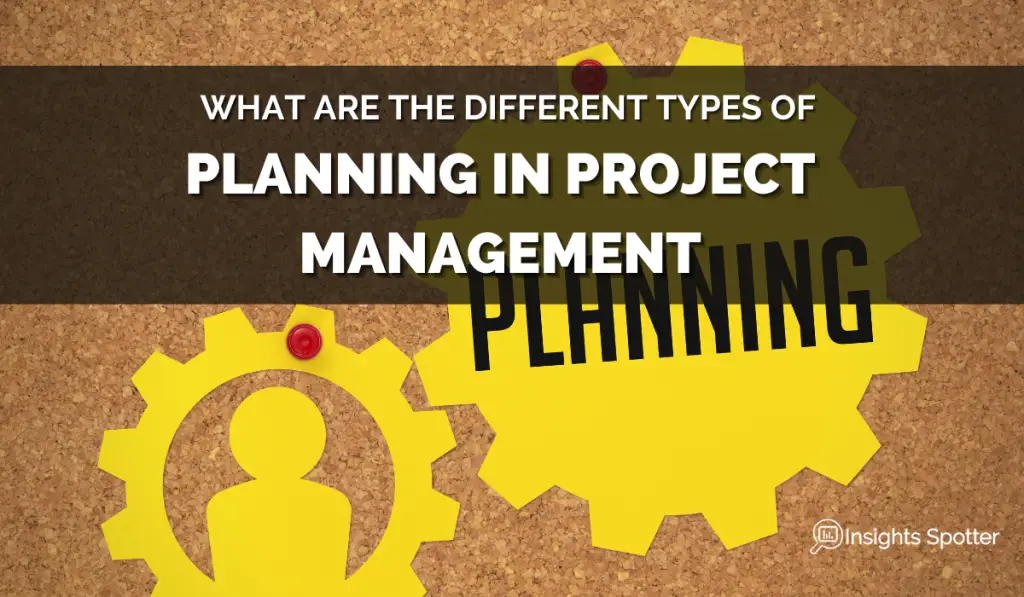
- Transforming Project Management with AI Software: Tools, Challenges, and Best Practices
- Unlocking the Benefits of AI-Powered Project Management
Need Project Manager’s Help!?
Check out the Fiverr marketplace if you do not have time to run your own projects or just need extra help. They do have multiple project professionals, including project managers. Maybe you will find just the right fit to take some burden from you. I have used Fiverr in the past. The prices are also not too bad. If you seek PM via the corporate route, it will be easily 5x the price.

